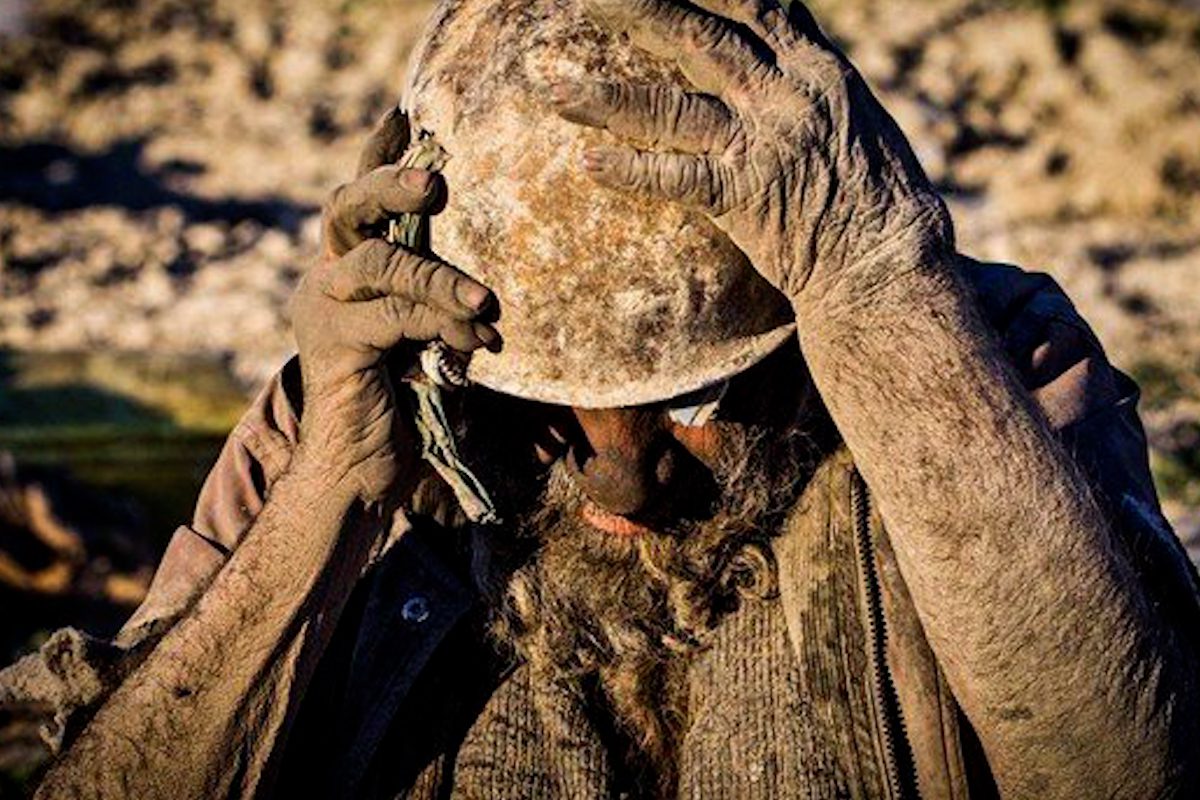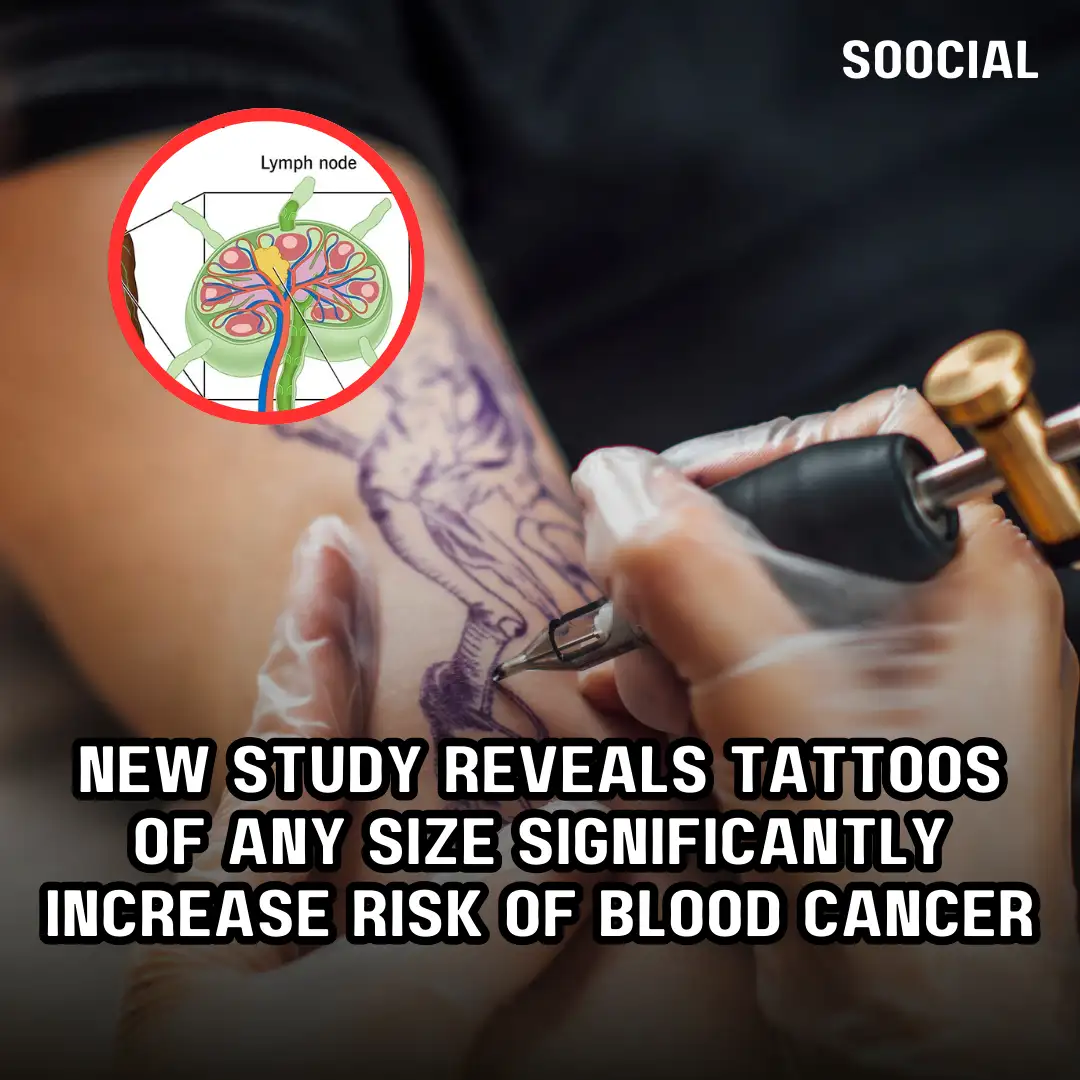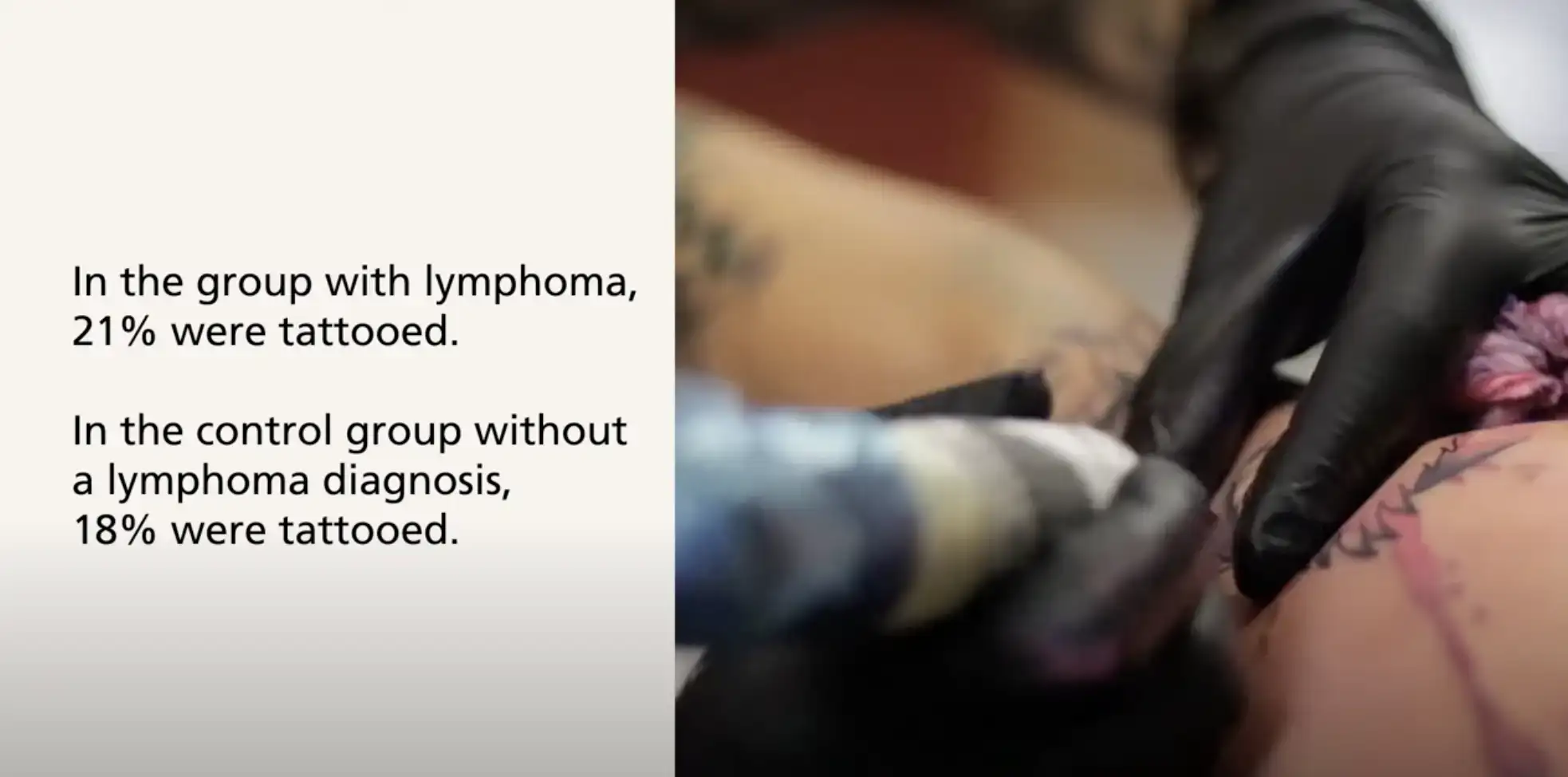In the age of social media influencers, where personal lives are public currency, the line between public appeal and private indulgence often blurs.
Adrielle Sigler, a TikTok influencer and single mother of three, found herself at the center of an online controversy that challenges this very balance.
After revealing a monthly expenditure of $17,000, Sigler faced backlash for requesting $30,000 in donations to support her family’s emergency relocation.
This story delves into the complexities of online persona, public scrutiny, and the responsibilities of digital fame.
Background on Adrielle Sigler

Adrielle Sigler rose to social media fame with her candid posts about life as a single mother managing the care and needs of three young children.

Her TikTok account, filled with day-to-day adventures and challenges, amassed a significant following, drawn by her relatable content and charismatic presence.
Living in Jamestown, New York, Sigler positioned herself as a full-time content creator, a role that she claimed made her financially responsible for her entire household.
As a public figure, Sigler’s life unfolded under the watchful eyes of her followers.
She shared not just the highlights but also the struggles of parenting solo, from managing household expenses to caring for her children’s emotional and educational needs.
Her approach garnered empathy and support, creating a community that felt deeply invested in her family’s wellbeing.
The Controversial Appeal
The controversy began when Sigler took to GoFundMe, a platform often reserved for those in dire need, to ask for $30,000.
She explained that the fund was necessary for a sudden move after her son was brutally assaulted outside his school on May 2, 2024.
According to Sigler, the incident not only threatened their physical safety but also left her children traumatized, necessitating an immediate relocation to safeguard her family.

However, just days before this appeal, Sigler had posted a detailed breakdown of her spending habits on TikTok, revealing that she had spent $17,000 in just one month.
The list was comprehensive: nearly $5,000 on car repairs, over $1,000 for a rental car, $1,600 on summer clothes for her kids, $3,000 on groceries, and additional hundreds on dining, utilities, and personal shopping.
This disclosure raised eyebrows, particularly as it contrasted sharply with her subsequent plea for financial help.
The timing and nature of the appeal sparked a heated debate.
Followers and critics alike questioned the necessity and appropriateness of soliciting such a large sum from the public, especially given her significant monthly outlays.

The situation was complicated further by her admission of pre-paying rent and other large expenses, which seemed at odds with the urgent financial distress she claimed.
Public Reaction
The backlash against Adrielle Sigler was swift and severe. Social media platforms, especially TikTok where Sigler had built her following, became arenas of intense debate and criticism.
Users were quick to point out the disparity between Sigler’s expenditure and her plea for financial help.
The comments ranged from expressions of disappointment to outright anger, with many followers feeling betrayed by what they perceived as a misuse of the influencer platform for personal gain.

One TikTok user summarized the sentiment by saying, “The audacity to ask for $30,000 right after flaunting a $17,000 spending spree is just baffling.”
This sentiment was echoed widely, with others questioning the authenticity of the assault incident and suggesting it was exploited for financial sympathy.

A notable point of contention was Sigler’s use of funds for non-essential items, which many argued undermined her claim of financial distress.
Critics also delved into her previous financial appeals, noting that this was not the first time Sigler had turned to her online community for monetary support.
Previous fundraising efforts were scrutinized, and suspicions about her ongoing financial management became a hot topic.

The discussion wasn’t limited to casual observers; financial bloggers and social commentators chimed in, analyzing Sigler’s spending habits and the ethical implications of her fundraising strategy.
A Change.org petition emerged, garnering significant support for removing Sigler from TikTok, citing a pattern of behavior that many saw as manipulative.
The debate extended beyond individual criticism to touch on broader issues concerning influencer transparency and the responsibilities tied to their platforms.
As the story gained traction, it became a case study in the potential pitfalls of influencer culture, where personal life and public persona are deeply intertwined and subject to public scrutiny.
Financial Breakdown
To understand the uproar fully, it’s essential to dissect the $17,000 spending breakdown Sigler shared.
The amount covered a wide range of expenses, some seemingly lavish and others arguably necessary.
The most significant expenses were $5,000 for car repairs and $1,000 for a rental car, which Sigler justified as essential given her role as the sole transporter for her family.

Additionally, she pre-paid $1,600 on children’s summer clothes and spent $3,000 on groceries, reflecting her role as a provider for three children.
However, it was the expenditures on dining, utilities, Amazon purchases, and personal items like makeup and supplements that drew the most ire.
Followers argued that while everyone deserves occasional luxuries, soliciting donations after such spending was problematic.
The detailed breakdown included:
- $800 on DoorDash and dining out
- $800 on utilities, including internet and five phone bills
- Costs for beauty products, home goods, and other non-essential items purchased from Amazon
Sigler’s defense centered around the unpredictability of expenses as a single mother.
In her statements, she emphasized the financial responsibility of caring for three children and managing a household alone.
She rationalized the costs by pointing to the challenges of single parenthood and the need to maintain a certain standard of living for her children’s happiness and well-being.
This defense, however, did little to quell the skepticism.
Financial analysts and social workers weighed in, with some sympathizing with the high cost of living and child-rearing, while others highlighted budget mismanagement.
The discussion also highlighted a cultural divide over expectations of lifestyle sustainability and financial responsibility, especially in the context of public figures who leverage personal stories for monetary support.
Ethical and Moral Questions
The ethical quandary at the heart of Adrielle Sigler’s fundraising controversy involves several layers of modern digital life: the ethics of influencer transparency, the moral responsibility towards followers, and the use of personal crises as leverage for financial gain.
As a public figure, Sigler’s actions invite scrutiny not just for their immediate impact but also for what they symbolize about influencer culture at large.
Critics argue that Sigler’s request for funds crosses ethical lines by exploiting her followers’ trust and her children’s experiences for monetary gain.
This situation prompts a larger discussion about the responsibilities influencers have to their audience, especially when their platform is used to solicit financial help.
Is it appropriate for influencers to ask for financial support from followers while displaying a lifestyle that seems incongruous with financial distress?
This question resonates deeply in an era where online personas can be both a source of genuine connection and potential deception.
Moreover, the juxtaposition of Sigler’s expenditures against her plea for financial aid highlights issues of budgeting and financial literacy, raising questions about the role of influencers in modeling behavior.
Her case also touches on the idea of “need” in the context of online fundraising—a platform traditionally reserved for those without other means of support.
The ethical implications extend to the transparency required in such campaigns, where the truthfulness of stated needs can directly influence the willingness of the public to contribute.
The debate around Sigler’s fundraising efforts is not isolated.
It reflects a broader societal discomfort with the merging of personal profit and genuine need, a discomfort that is exacerbated by the performative nature of social media.
These platforms, while offering unprecedented opportunities for outreach and support, also create environments where the lines between personal and public, genuine need and opportunism, can become dangerously blurred.
Sigler’s Defense

In response to the mounting backlash, Adrielle Sigler presented a multifaceted defense aimed at justifying her financial decisions and the subsequent fundraising appeal.
She emphasized the unpredictability and the high cost of single parenting, explaining that the expenses were not only for maintaining a lifestyle but also for ensuring her children’s well-being and safety.
Sigler pointed out that her spending included necessary repairs and child care expenses that were critical for her family’s functioning.
She also highlighted the context of her son’s assault, framing the fundraising as a desperate measure to escape a suddenly unsafe living situation.
According to Sigler, the move was not a matter of choice but of urgent necessity to protect her family from further harm, a situation she felt justified the appeal for financial help.
Furthermore, Sigler addressed the accusations of exploiting her situation for financial gain by pointing to the real dangers her family faced, as evidenced by the assault on her son.
She argued that the timing of her financial disclosure and the fundraising was coincidental and not intended to mislead.
In her narrative, the disclosure was meant to be transparent about her financial status, while the fundraising addressed an unexpected and urgent need.
Sigler also used her platform to discuss the pressures of maintaining a public image as a successful influencer while managing the realities of financial instability.
She suggested that the expectations placed on public figures often disregard the personal struggles they face, complicating their financial and emotional realities.
Her defense was not just a justification of her actions but also an attempt to highlight the often unseen challenges of living in the public eye.
Broader Implications for Influencer Culture
Adrielle Sigler’s fundraising controversy serves as a critical case study for the evolving norms of influencer culture, where the personal becomes public, and the public, in turn, demands accountability.
This incident reveals the double-edged sword of influencer transparency: while authenticity can build trust and rapport, it also invites scrutiny and criticism, especially when personal actions clash with public expectations.
Influencers like Sigler wield significant power in shaping perceptions and influencing behavior, which comes with a substantial ethical responsibility.
The incident prompts a reassessment of how influencers should navigate their roles as both content creators and quasi-public figures.
It raises important questions about the boundaries of soliciting community support, the responsibility of accurately portraying one’s financial needs, and the impact of such portrayals on follower trust and engagement.
The controversy also highlights a growing public fatigue with what many see as manipulative tactics employed under the guise of authenticity.
This skepticism can lead to a more critical audience that demands higher standards of transparency and integrity from those they choose to support.
Consequently, platforms and brands may begin to enforce stricter guidelines and transparency requirements to protect both influencers and their audiences from potential ethical breaches.
Conclusion
Adrielle Sigler’s story is a vivid reminder of the complex interplay between personal vulnerability and public accountability in the digital age.
Her experience underscores the delicate balance influencers must maintain while managing their personal lives in the public eye.
It also serves as a cautionary tale about the potential consequences of blurring the lines between personal need and public solicitation.
From this controversy, several lessons emerge for both influencers and their followers:
- Transparency and Honesty: Influencers must strive for honesty in their financial dealings, especially when asking for public support. Full disclosure of circumstances and needs can help maintain trust and credibility.
- Ethical Responsibility: There is a fine line between leveraging personal stories for engagement and exploiting them for financial gain. Influencers need to navigate this space ethically, ensuring that their requests for support are justified and necessary.
- Audience Awareness: Followers should remain vigilant and critical of the content they consume and the causes they support, understanding that not all appeals for help are created equal.
- Regulatory Oversight: This incident might prompt platforms to consider more stringent regulations around fundraising activities to ensure they are used appropriately and ethically.
As the digital landscape continues to evolve, so too will the norms and expectations surrounding influencer behavior.
Stories like Sigler’s offer opportunities for all stakeholders—creators, followers, platforms, and regulators—to reflect on and refine their approaches to these new challenges.
In closing, the Sigler saga is more than just a dispute over fundraising ethics; it is a reflection of our times, where the personal is public, and the public, in turn, plays a crucial role in defining the boundaries of acceptable behavior online.
As we move forward, the hope is that such incidents will lead to more robust discussions and actions that enhance the integrity and accountability of digital spaces, ultimately fostering a healthier, more transparent influencer ecosystem.










































:max_bytes(150000):strip_icc():focal(741x164:743x166):format(webp)/kourtney-kardashian-pregnant-101723-tout-8d6648b8270f47f68fc0eb3ffa450aa1.jpg)
:max_bytes(150000):strip_icc():focal(565x407:567x409)/kourtney-kardashian-and-son-rocky-tout-041824-d9d7002254cb4c959859b339ca96c8df.jpg)

